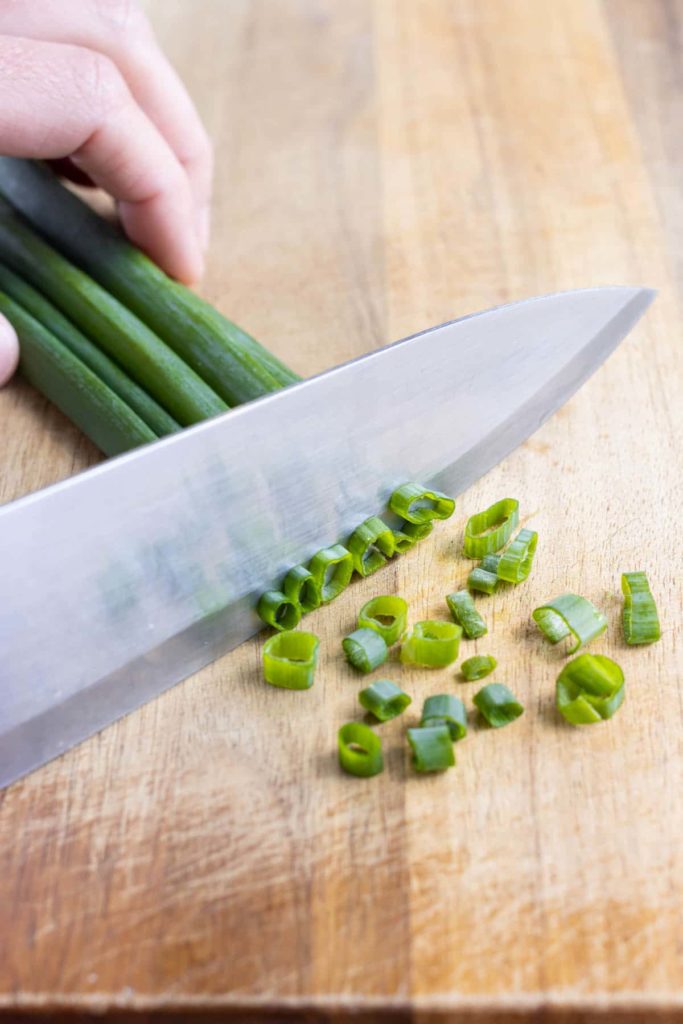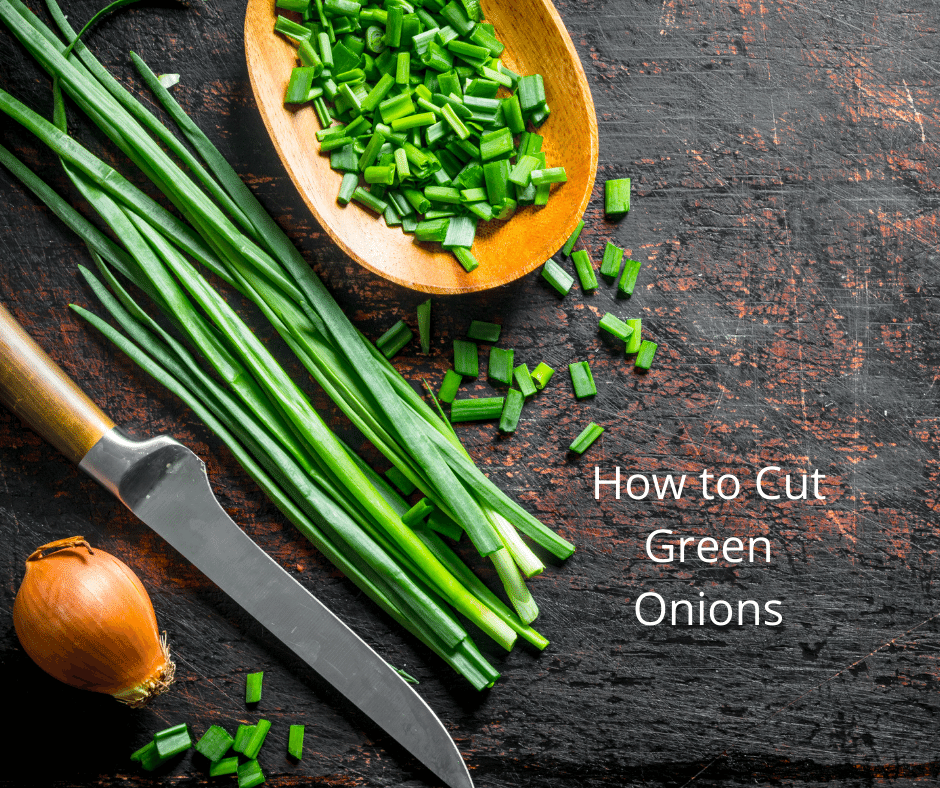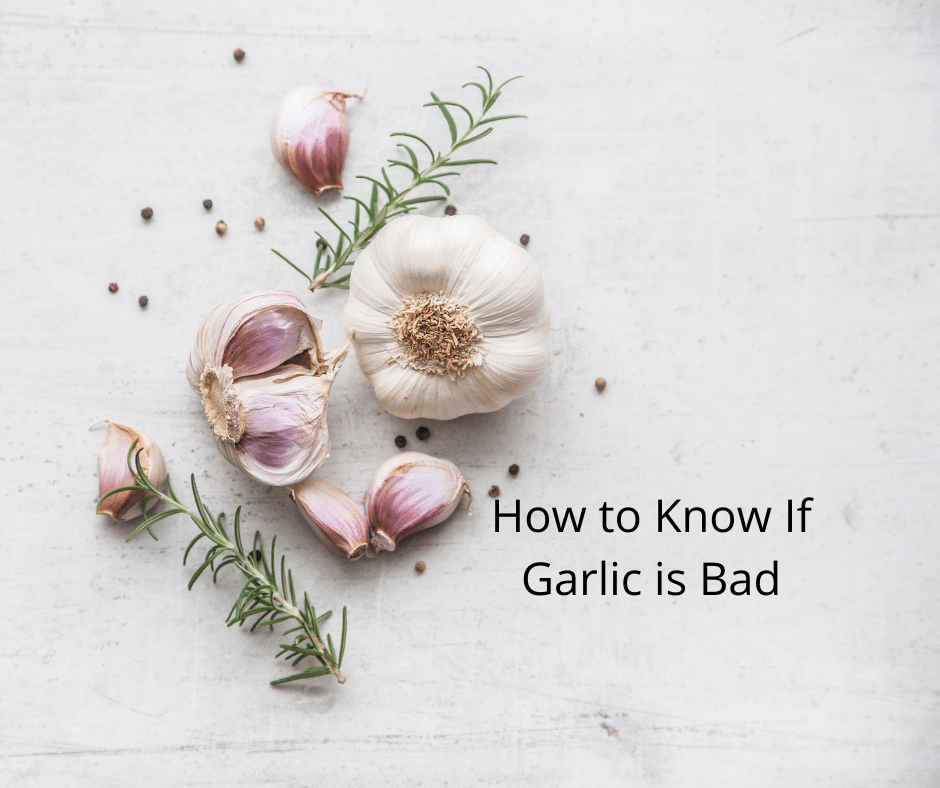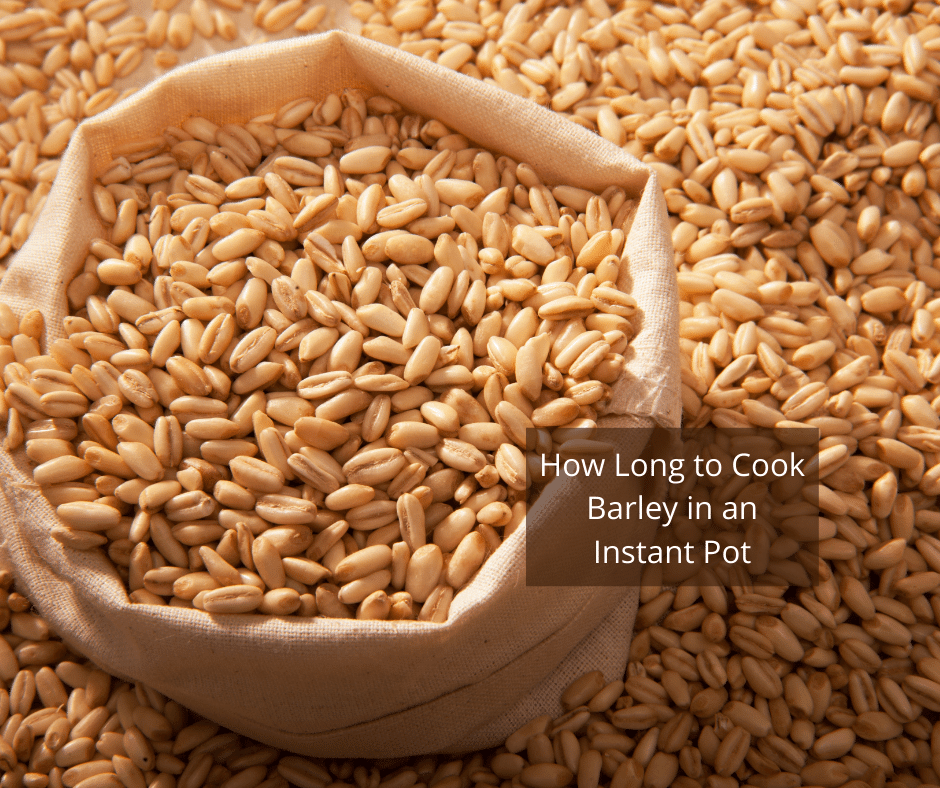In this tutorial, I will demonstrate the correct methods for cutting green onions. We will discuss using both a chef’s knife and a cutting board for this task. Furthermore, I will explain how to make a bias cut and handle the white bulb section. These cutting techniques are essential when dealing with any type of onions, not just green ones. Let’s get started! Whether you are cooking for yourself or following a recipe, these tips will assist you in achieving excellent results.
Using a Chef’s Knife
If you have trouble cutting green onions, you should read the following tips. Before cutting them, make sure the knife is sharp. A dull knife can slip and cause more problems. Also, when cutting green onions, use your non-dominant hand. The claw shape will protect your fingers and avoid crushing the onions. The tips mentioned above will help you cut green onions with ease. Once you have learned how to cut green onions, you can practice them in your kitchen.
A sharp knife will help you get a smoother cut and avoid bruising or crushing the green onions. You can use a chef’s knife to slice the green onions traditionally. If you wish to make thin slices, use a santoku knife. If you want to make thicker slices, use a nakiri knife. Using a chef’s knife, you can slice green onions diagonal or at a bias.

Using a Cutting Board
When you need to chop green onions, you should use a cutting board. It helps prevent tearing. It also helps to make sure that the green ends are in a vertical line. Next, use a rocking knife to slice the green onions. Then, use the knife to chop them further. Once you have the right thickness, you can use a sharp knife to grate the green onions.
Besides, using a cutting board will save your fingers from getting smashed while chopping. You can also keep your knives sharp by buying a knife sharpener. While cutting vegetables, it is important to use a sharp knife to cut them. It will prevent any accidents. If you’re using a dull knife, it will easily slip on your cutting board and may damage your vegetables. If you’re using your non-dominant hand, protect your fingers by using a claw-shaped motion. Avoid crushing the green onions with your fingers.
Using a Bias Cut
The bias cut is an essential cooking technique that can enhance the taste and appearance of green onions. Unlike circular cuts, bias cuts are angled and produce diagonal pieces. They are generally used for decorative purposes and can enhance the overall look of a dish. Here’s how to use a bias cut to cut green onions:
The first step is to prepare the knife. You should have a sharp knife for safety reasons. A dull knife is prone to slipping on the food and the cutting board. This could lead to further problems. Make sure to use the non-dominant hand for safety. It is also advisable to position the knife at an angle of 45 degrees. This will help you avoid crushing the green onions. A sharp knife will prevent accidents and help ensure a clean cut.
Using the White Bulb
To prepare delicious dishes, you can use green onions in many ways. They are widely available year-round in most markets. They are distinguished by their long, straight green leaves and white bulb. Both parts are edible, and you can chop them finely to add a flavorful twist to any dish. To cut green onions, you should start at the green stalk above the white bulb. Use your index finger and thumb to hold the green spring onion and slice it in a slicing motion.
To cut green onions, start at one end of the white bulb and move toward the green stalk. Repeat this process until you reach the end of the bulb. Once you have cut off the end of the bulb, dry the green onion with a paper towel or in the air. For best results, allow the green onions to dry in a dry place for 15 minutes before using them. When using them again, make sure that they are completely dry.
Using the Green Stalks
Whether you use the stalks for cooking or as a decorative accent, using the green stalks to cut green onions can make them look beautiful and add flavor to a dish. They are commonly used for salads and are essential to many Middle Eastern dishes. In Asian cuisine, they are used in stir-fries and dumplings. In addition to being an elegant and delicious culinary accent, they are highly nutritious and contain several phytonutrients with cancer-fighting properties. Of course, despite their name, green onions have a very strong onion breath.
The easiest way to cut green onions is by using a sharp knife. A dull blade may cause an accident by slipping onto the food or the cutting board. This can lead to further problems and damage. Using your non-dominant hand, keep your fingers protected and cut the green onion at an angle. Then, use your non-dominant hand to cut the green onion, so the stalks don’t get crushed.
Storing Green Onions
Green onions can be stored for two or three weeks in the fridge. They will keep for longer if you change the water every few days. If you don’t want them to limp, you can place them in a paper towel and cover them with a plastic bag. This is recommended because green onions tend to retain much moisture without a bag. If you have green onions that are too damp to store properly, you can dry them off with a towel and keep them in the fridge.
One of the best ways to store green onions is to keep them in the fridge. You can also freeze them. This is ideal when you’re preparing a meal in advance. Just remember to separate the green and white parts and label them appropriately. Avoid squishing them before storing them – they’ll go bad very quickly. Using this method, you can also prepare green onions for cooking in advance.









